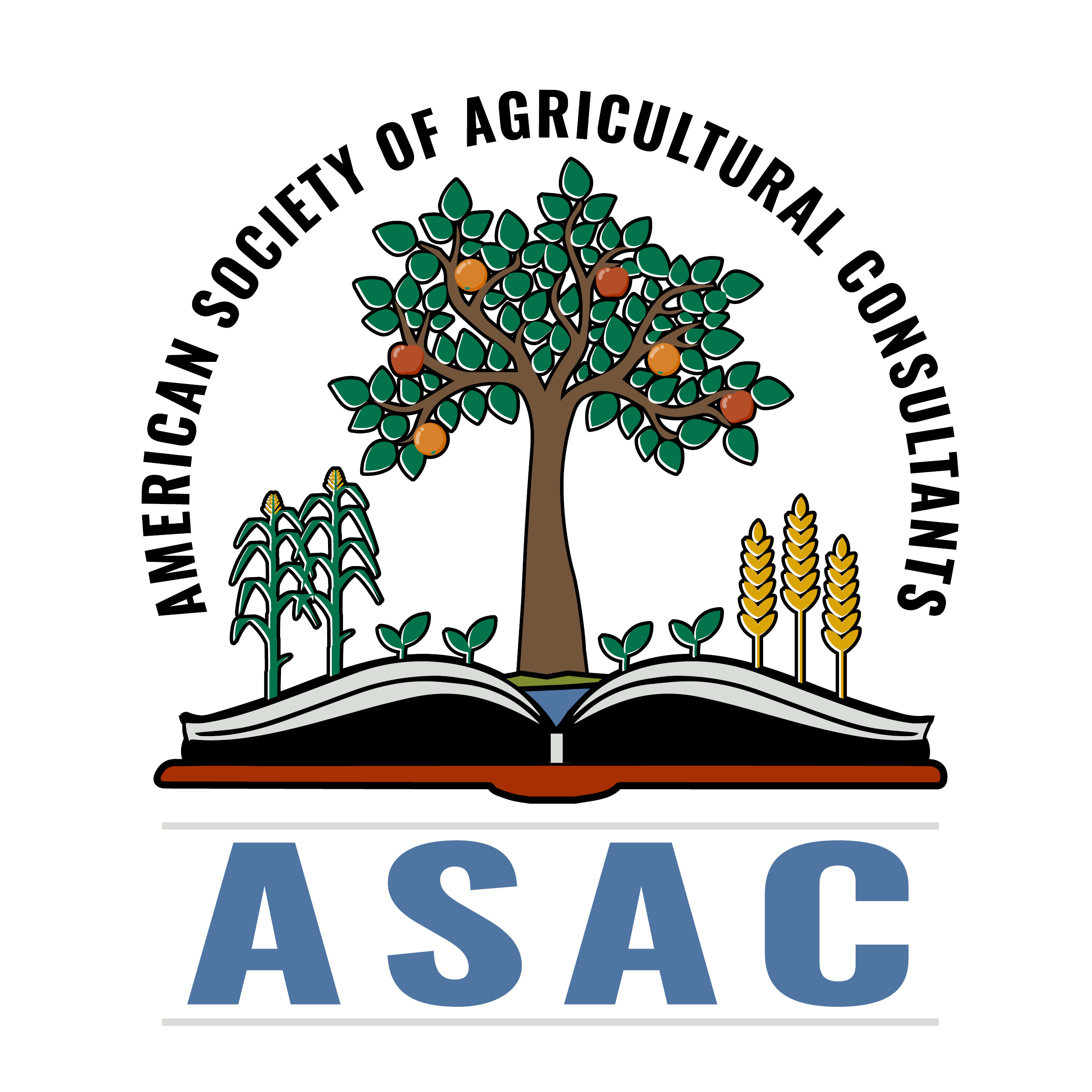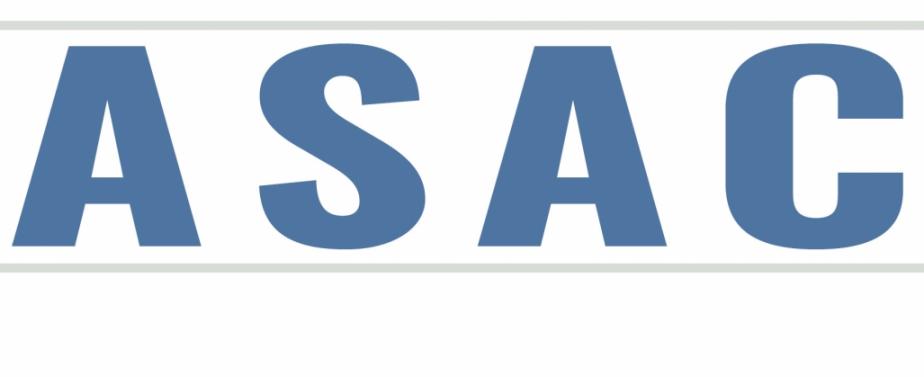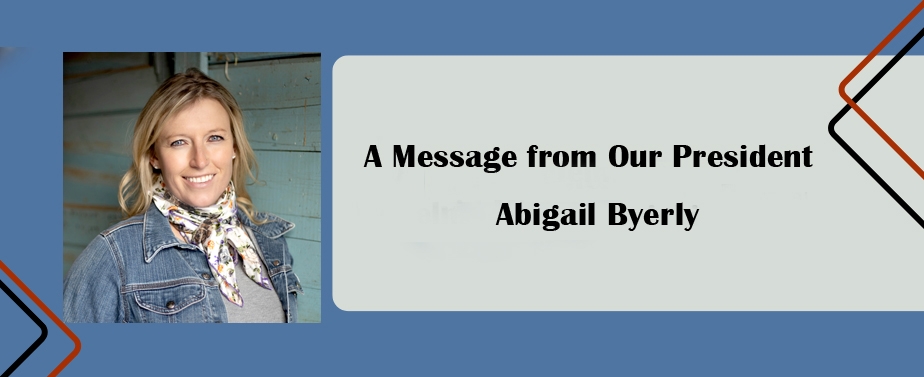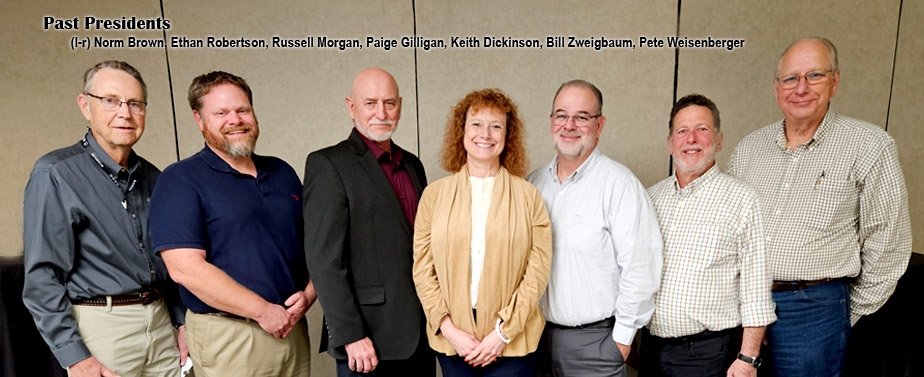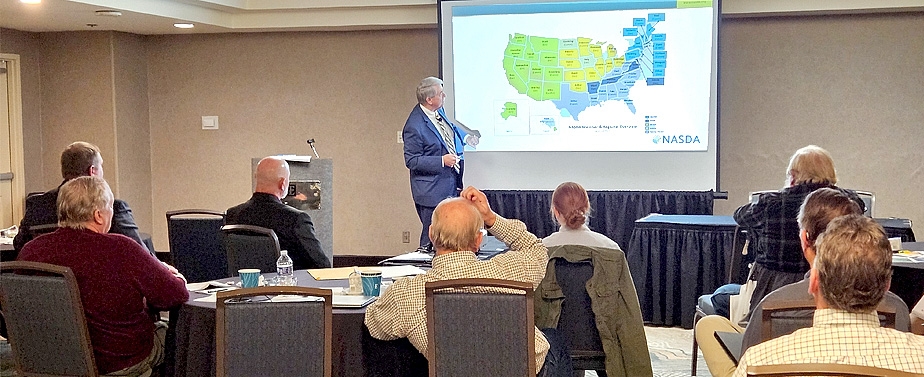The Importance of a Clear Vision
10/28/2020
Though strategies for creating, communicating and executing a company vision might have changed over the years, the objectives remain the same. Crafting a written vision statement provides non-specific directional guidance of your business for employees, customers, vendors, leadership and the community, which are stated in general, philosophical terms. It includes your values, priorities, core competencies and other important aspects of what defines you and your overarching purpose.
In the 25 years that I’ve been working with businesses, organizations, families, churches and individuals to help them create these vision statements, there has been a shift from looking 50 years or longer into the future, to focusing more on the next 10 to 20 years. The reasons for this adjustment include the fast pace of change due to technology and market disruptions, employees needing to see the future of the business within their window of tenure, the quick pace that new opportunities arise and the ways that technology have allowed a business to pivot to other enterprises quickly.
Vision statements can be short or long. In fact, a recent book that is gaining in popularity suggests that a vision statement be 5 PAGES in length. I’m not sure how you fit that onto the back of a business card or onto a regular sized poster in the office, but that is one person’s preference. My clients prefer two to three sentences that capture the essence of their focus for the future, the positive impact they want to have on their employees, families, customers and community, and the core values (non-negotiable business philosophies) that they use as a foundation for all business activities.
Leaders that have not had a written vision statement in the past tend to struggle with this process. There is a tendency to simply start writing out sentences, which creates confusion and frustration. Ideally, we start with a SWOT analysis which stands for Strengths-Weaknesses-Opportunities-Threats. This generates a level of creativity and focus that provides the foundational elements we eventually use in our vision. From there, we list the core values that must be followed for our success. Next, we think about our employees, families, customers, vendors and community to ensure that we are communicating to them accurately.
With these summaries on a flip chart or whiteboard, we then formulate key phrases that capture the essence of our message. Finally, we compile those key phrases into powerful, concise, meaningful sentences that communicate our desired message.
This stage of the process, the final “wordsmithing” where we create our vision statement, can be very healthy and productive. Unfortunately, it can also become bogged down in opinionated, personal preferences that leads to stalemates and no clear path forward. If this occurs or there is a potential for this, the facilitator that helped get you this far can also help generate and submit a variety of draft statements that leadership can edit to their preferences. This might be more efficient and can also streamline the process for groups who find that they struggle with putting their thoughts into meaningful, concise, easily understood sentences that accurately communicate their preferences.
Once the vision statement is finalized, the next step is to gain alignment with that vision through communication with the key people in the organization. Gaining this alignment with the next level of leadership and management is crucial to the success of achieving the purpose of the company’s vision.
When full leadership alignment has been achieved, we can then implement the vision statement throughout the entire organization. It must be clearly communicated, gain full buy-in with each department and individual, and be consistently reinforced to ensure it is fully understood and used as a guide toward the long-range purpose of the company.
What are your thoughts on creating, gaining alignment with, and executing your vision for your company or your clients?
Don Tyler
Tyler & Associates
Though strategies for creating, communicating and executing a company vision might have changed over the years, the objectives remain the same. Crafting a written vision statement provides non-specific directional guidance of your business for employees, customers, vendors, leadership and the community, which are stated in general, philosophical terms. It includes your values, priorities, core competencies and other important aspects of what defines you and your overarching purpose.
In the 25 years that I’ve been working with businesses, organizations, families, churches and individuals to help them create these vision statements, there has been a shift from looking 50 years or longer into the future, to focusing more on the next 10 to 20 years. The reasons for this adjustment include the fast pace of change due to technology and market disruptions, employees needing to see the future of the business within their window of tenure, the quick pace that new opportunities arise and the ways that technology have allowed a business to pivot to other enterprises quickly.
Vision statements can be short or long. In fact, a recent book that is gaining in popularity suggests that a vision statement be 5 PAGES in length. I’m not sure how you fit that onto the back of a business card or onto a regular sized poster in the office, but that is one person’s preference. My clients prefer two to three sentences that capture the essence of their focus for the future, the positive impact they want to have on their employees, families, customers and community, and the core values (non-negotiable business philosophies) that they use as a foundation for all business activities.
Leaders that have not had a written vision statement in the past tend to struggle with this process. There is a tendency to simply start writing out sentences, which creates confusion and frustration. Ideally, we start with a SWOT analysis which stands for Strengths-Weaknesses-Opportunities-Threats. This generates a level of creativity and focus that provides the foundational elements we eventually use in our vision. From there, we list the core values that must be followed for our success. Next, we think about our employees, families, customers, vendors and community to ensure that we are communicating to them accurately.
With these summaries on a flip chart or whiteboard, we then formulate key phrases that capture the essence of our message. Finally, we compile those key phrases into powerful, concise, meaningful sentences that communicate our desired message.
This stage of the process, the final “wordsmithing” where we create our vision statement, can be very healthy and productive. Unfortunately, it can also become bogged down in opinionated, personal preferences that leads to stalemates and no clear path forward. If this occurs or there is a potential for this, the facilitator that helped get you this far can also help generate and submit a variety of draft statements that leadership can edit to their preferences. This might be more efficient and can also streamline the process for groups who find that they struggle with putting their thoughts into meaningful, concise, easily understood sentences that accurately communicate their preferences.
Once the vision statement is finalized, the next step is to gain alignment with that vision through communication with the key people in the organization. Gaining this alignment with the next level of leadership and management is crucial to the success of achieving the purpose of the company’s vision.
When full leadership alignment has been achieved, we can then implement the vision statement throughout the entire organization. It must be clearly communicated, gain full buy-in with each department and individual, and be consistently reinforced to ensure it is fully understood and used as a guide toward the long-range purpose of the company.
What are your thoughts on creating, gaining alignment with, and executing your vision for your company or your clients?
Don Tyler
Tyler & Associates
Post a new comment
